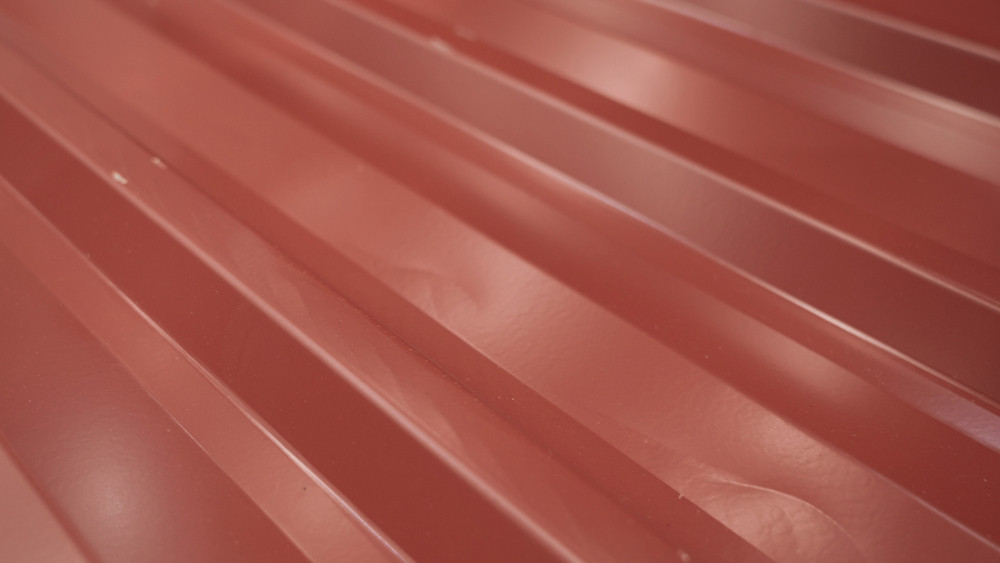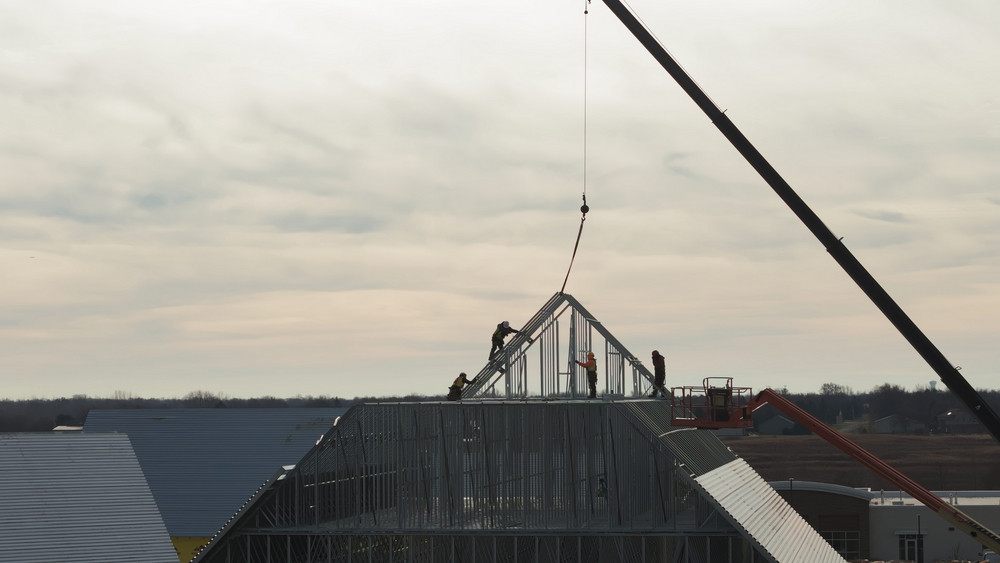
Highlights
- Self-healing roof membranes contain advanced polymers that automatically seal small punctures or cracks when exposed to air or moisture.
- These materials enhance durability, reduce maintenance costs, and extend the lifespan of commercial and residential roofs.
- The technology helps prevent water intrusion, leaks, and heat loss without requiring immediate manual repair.
- Self-healing membranes use microcapsules or bituminous compounds that flow into damaged areas upon activation.
- They are increasingly used in sustainable construction due to their long service life and waste-reducing properties.

Understanding Self-Healing Roofing Technology
Roofing materials have evolved significantly over the past decade, with self-healing membranes representing one of the most groundbreaking innovations. Traditional roofing systems rely on manual inspections and repairs to address punctures or cracks, but self-healing membranes use built-in chemistry to repair themselves automatically. The concept borrows from biomimicry—nature’s ability to regenerate itself—by embedding restorative materials within the roofing structure. When the membrane is damaged, these materials activate and close the breach, preventing moisture infiltration and extending the overall service life of the roof. This makes them ideal for both commercial flat roofs and modern sustainable construction projects.
The Science Behind Self-Healing Materials
Self-healing roof membranes typically incorporate polymer-based systems engineered to respond to specific triggers such as air, moisture, or temperature change. These polymers are embedded with microcapsules containing healing agents like bitumen, elastomers, or liquid adhesives. When the membrane is punctured or cracked, the microcapsules rupture, releasing their contents into the damaged area. Upon exposure to air or water, the healing agent hardens and restores the membrane’s integrity. According to the Wiley Online Library, many self-healing polymer systems use capsule-based designs where microcapsules rupture upon crack formation, releasing repair agents that autonomously seal the damage and maintain structural performance
How Self-Healing Roof Membranes Work in Practice
In practical use, self-healing membranes function as a resilient protective layer that continuously adapts to minor wear and environmental stress. During daily temperature fluctuations, roofing materials expand and contract, creating small fissures over time. In a conventional system, these fissures could lead to moisture penetration or heat loss. However, in self-healing systems, the embedded compounds flow immediately into the cracks and solidify, maintaining a watertight seal. The process is autonomous and repeatable, meaning the roof can heal multiple times over its service life. This ability dramatically enhances reliability, particularly in climates with frequent weather variation or heavy rainfall.
Benefits of Self-Healing Roof Membranes
The primary advantage of self-healing membranes is their ability to reduce the need for frequent maintenance. Roof inspections remain necessary, but small issues no longer escalate into costly repairs. These membranes provide continuous protection against leaks, extending the service life of roofing systems by years or even decades. Additional benefits include improved thermal performance, since the sealed surface minimizes air leakage and heat transfer. For commercial properties, this translates to lower operating costs and better energy efficiency. Over time, the cost savings and durability make self-healing roofs an attractive investment for environmentally conscious homeowners and business owners alike.

Types of Self-Healing Roofing Systems
Several types of self-healing roofing systems are currently available, each based on unique materials and mechanisms. Bituminous membranes often rely on oil-based compounds that reflow when exposed to heat or pressure, closing minor defects naturally. Polyurethane and elastomeric membranes use reversible chemical bonds that reform when damaged, maintaining flexibility and structural integrity. Some advanced systems integrate nanotechnology or reactive coatings that change molecular structure upon exposure to oxygen. Hybrid membranes combine traditional waterproofing layers with self-healing topcoats, creating multilayer protection that performs well in both commercial and residential settings.
Applications in Commercial and Residential Roofing
While self-healing membranes are most common in commercial flat roofing systems, they are also gaining popularity in residential construction. In commercial buildings, these membranes protect large surface areas exposed to mechanical wear, foot traffic, and extreme temperature fluctuations. In homes, they provide enhanced leak protection for low-slope or green roofing systems. The technology also complements energy-efficient designs such as cool roofs and solar-integrated systems. Contractors value the membranes for their ability to self-seal around fasteners or penetrations, which are typically high-risk areas for leaks. As production costs decrease, wider adoption across all building types is expected.
Longevity and Lifecycle Cost Benefits
The self-repairing nature of these membranes significantly improves long-term performance. Traditional roofing systems degrade as minor defects accumulate, leading to large-scale failures that require replacement. In contrast, self-healing systems maintain consistent protection by automatically addressing small damages before they expand. This longevity translates into fewer replacements, less waste, and lower lifecycle costs. A single self-healing roof can last up to 40 years with minimal intervention, depending on the product and environment.
Environmental Advantages of Self-Healing Membranes
Self-healing roof membranes support sustainability in several ways. Their extended service life means fewer materials are consumed and less waste is generated. The sealing process also improves energy conservation by reducing air leakage and thermal bridging, helping buildings maintain stable indoor temperatures. Additionally, because repairs are less frequent, fewer chemical sealants and adhesives are used over the roof’s lifetime, reducing volatile organic compound (VOC) emissions. Manufacturers are also incorporating recycled or bio-based materials into newer formulations, aligning with broader green building certifications like LEED and ENERGY STAR.
Installation and Compatibility Considerations
Installing a self-healing roof membrane requires attention to detail and adherence to manufacturer guidelines. While the process is similar to that of traditional membranes, proper surface preparation is crucial for achieving a strong bond and optimal self-healing performance. Most systems are compatible with substrates such as concrete, plywood, or existing bituminous layers. Contractors must also ensure that seams, edges, and penetrations are correctly sealed to maintain the membrane’s ability to self-activate. These materials can be heat-welded, adhered, or mechanically fastened depending on the system. Working with trained professionals familiar with advanced roofing technologies ensures reliable installation and long-term function.
Comparing Self-Healing Membranes to Conventional Roofing Materials
When compared to standard single-ply or modified bitumen systems, self-healing membranes offer superior resilience and reduced long-term maintenance. Traditional materials may cost less initially but often require frequent patching, recoating, or full replacement after severe weather. Self-healing membranes offset their higher upfront cost through extended durability and fewer interventions. They also perform better in environments with high temperature variation, chemical exposure, or mechanical stress. Over a 20- to 40-year span, the total cost of ownership is typically lower due to reduced repair frequency and enhanced thermal stability.
Future of Self-Healing Roofing Technology
As research continues, self-healing roofing technology is expected to become even more efficient and affordable. Scientists are exploring bio-inspired materials that mimic natural healing mechanisms found in organisms like tree bark or skin. These advanced polymers could repair larger punctures and respond to more severe environmental stressors. Integration with digital monitoring systems is another emerging trend—smart membranes equipped with embedded sensors could track performance in real time and notify building owners of issues before they become visible. Such innovations represent the next step toward autonomous, maintenance-free roofing systems designed for decades of reliable service.
A Smarter, Longer-Lasting Roofing Solution
Self-healing roof membranes represent a major advancement in roofing technology, combining material science, sustainability, and practical performance into one solution. By repairing themselves automatically, they reduce costs, conserve energy, and extend the life of buildings. Their growing adoption across commercial and residential sectors reflects a broader movement toward smarter, more sustainable construction methods. As the technology evolves, self-healing roofs may soon become the standard for high-performance, long-lasting protection—turning maintenance from a constant concern into a built-in feature of modern design.

